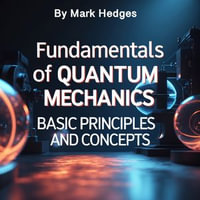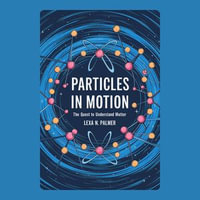Quantum mechanics arose in the early 20th century to explain phenomena that classical physics could not. Observations at the atomic scale revealed that matter and energy exhibit discrete and probabilistic behaviors, leading to the development of a new theoretical framework. The necessity for quantum mechanics became evident through several key experiments and discoveries.
One of the earliest quantum breakthroughs came from Max Planck's study of blackbody radiation. Classical physics predicted an infinite energy output at short wavelengths, known as the ultraviolet catastrophe. Planck resolved this by proposing that energy is emitted in discrete packets called quanta, introducing the idea that energy levels are not continuous. This marked the birth of quantum theory.
Albert Einstein extended this concept with his explanation of the photoelectric effect, where light ejects electrons from a metal surface. Classical wave theory could not explain why light below a certain frequency fails to release electrons, regardless of intensity. Einstein proposed that light consists of photons, with energy proportional to their frequency. This established the particle-like nature of light and won him the Nobel Prize in 1921.
Louis de Broglie later proposed wave-particle duality, suggesting that particles like electrons also behave as waves. His hypothesis was experimentally confirmed by the Davisson-Germer experiment, which demonstrated electron diffraction. This showed that matter exhibits both wave and particle properties, depending on how it is measured.

























